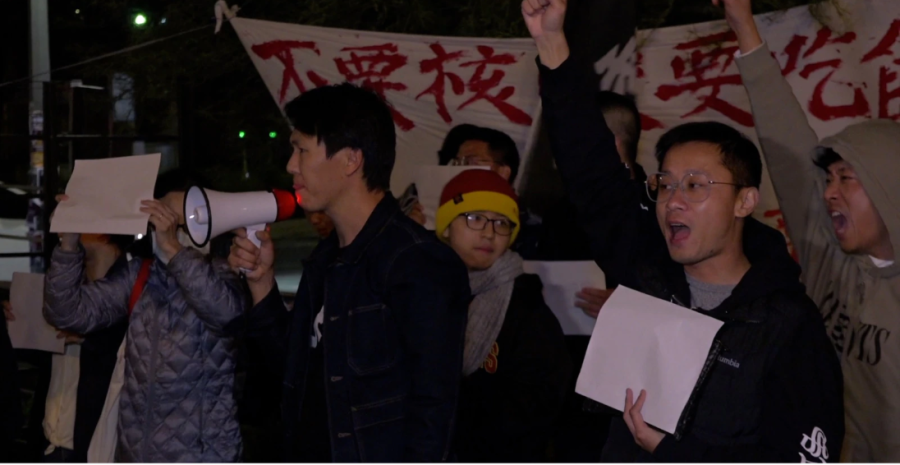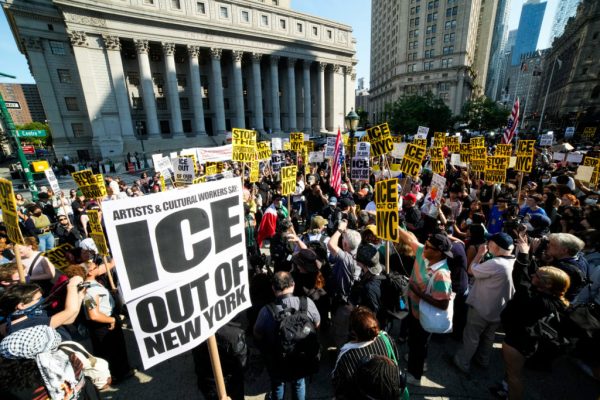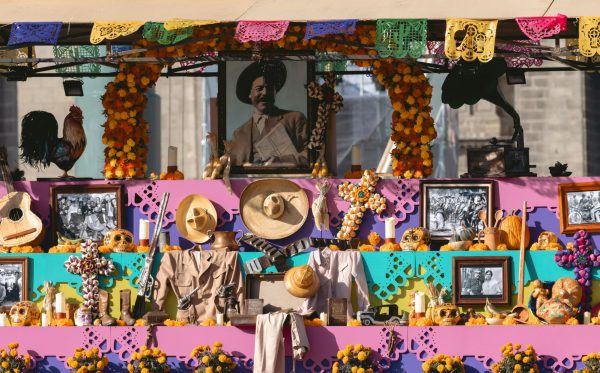China Lockdown and Protests
Overseas Chinese students and residents gathered in Los Angeles on Nov. 29, 2022, to remember victims of a Chinese apartment fire and protest China’s zero-COVID policy. A blank sheet of paper symbolizes things the Chinese people want to say but cannot because of censorship.
With the recent rise in COVID-19 vaccinations and preventative measures, many countries like the United States are just about done with lockdowns. However, this is not the case everywhere. In China, pandemic lockdowns are still prevalent, and the people are beginning to fight back.
In November, China’s government made the decision to expand their lockdowns as the daily positive cases hit a record high. Zhengzhou, the capital of the Chinese province Henan, is a populous city of over 10 million people that is facing the heat of a lot of these lockdowns.
In a time period of 24 hours, COVID-19 cases rose by 31,444, which is the highest number of cases in one day since the Wuhan outbreak of late 2019. This prompted officials to further extend the length of lockdowns, and the people were not happy, going so far as to request the resignation of President Xi Jinping.
The citizens were not bothered by the lockdowns due to setting precautionary measures because of the pandemic; they were bothered by the uncertainty of it all. In addition to lockdowns constantly being extended, preventing people from returning to their normal everyday lives, the “Zero-Covid” strategy put in place by the government created situations that caused lives to be lost.
On November 24, 2022, a fire erupted in an apartment complex in Ürümqi, Xinjiang, China. Due to the country’s “Zero-Covid” policy, firefighters had issues getting into the complex to help evacuate residents and put out the fire. A total of ten people were killed, and an additional nine were injured as a result of this, which is what sparked the protests against the lockdowns.
Violent protests began popping up in major cities like Guangzhou, Zhengzhou, and Chongqing, which the government was not pleased with.
Public display of disagreements with the government are a rarity in China. With their large array of censorship laws, the government is able to take down any social media posts that unveil the angry protests so as to limit the amount of exposure they have and discourage others from joining.
Though the Chinese government is usually quick to take down these types of posts, due to the amount of videos and images surfacing, their system is overrun, and they are unable to remove everything the government deems a “violation.”
Government officials are taking other measures in hopes of stopping the protests such as having the police fight back and arresting people. Because the censorship system for their social media sites is not working to its full potential, it has been easy for the government to find protesters in videos and images.
In the industrial city of Guangzhou, protesters responded to the crackdown on riots by tearing down barricades and throwing items at riot police officers as a way to tell officials that they won’t stop fighting.
This response came as a surprise for officials. They tried to apply more force but quickly realized it is more beneficial to ease up on the covid lockdowns and end the mass pcr testing.
Immediately, people began packing their bags and attempting to flee the areas so as not to be caught in another lockdown.
This is still an ongoing situation. As of right now, things seem to be improving, but only time will tell.
Your donation will support the student journalists of Canyon High School. Your contribution will allow us to pay for our print issue magazine, website, and equipment costs.

Brenna Sosa is the Editor-in-Chief of The Pony Express. She is a senior at Canyon High School and this is her second year in the journalism program. As...






